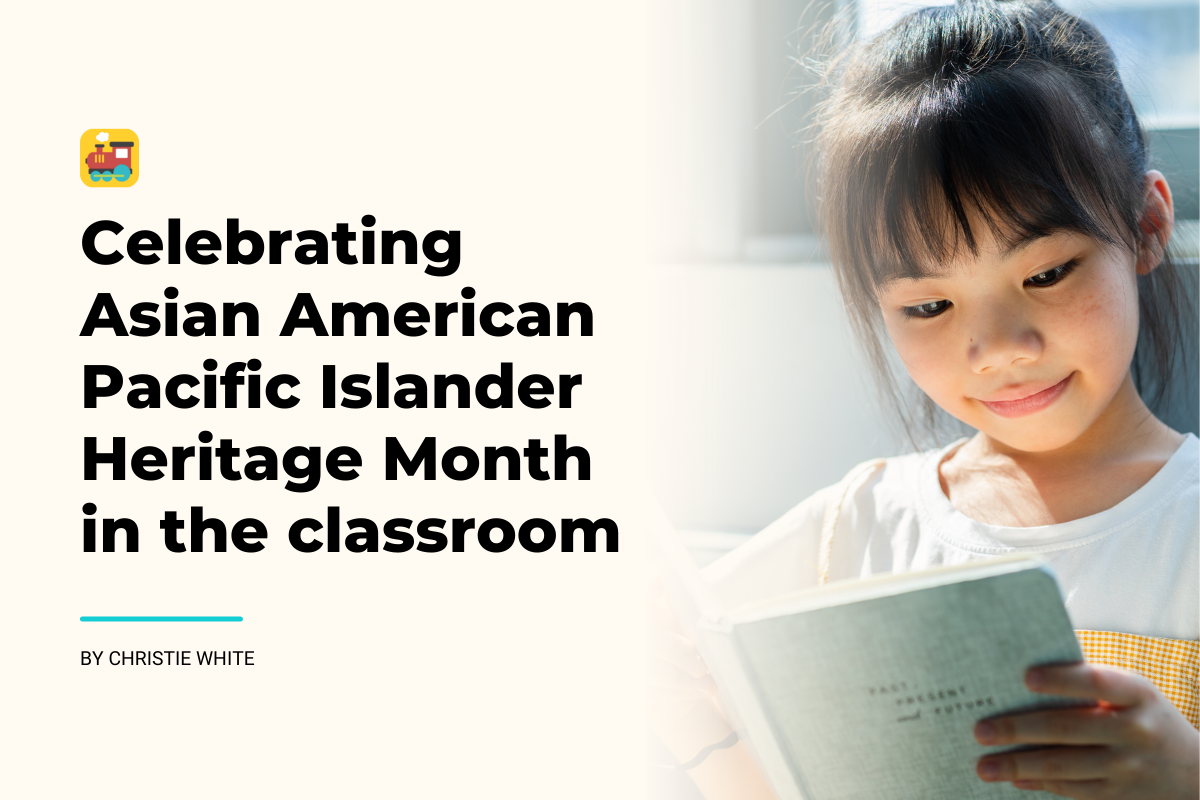May is Asian American Pacific Islander Heritage Month (or AAPIHM for short), first created by Congress in 1992. AAPI stands for Asian American and Pacific Islander. The term is used to describe a diverse and fast-growing population of over 23 million people. AAPIHM falls in May because of several historical milestones, including the 1843 arrival of the first Japanese immigrants in the United States.
Who identifies as Asian American?
The U.S. Census Bureau currently defines a member of the Asian population as “a person having origins in any of the original peoples of the Far East, Southeast Asia, or the Indian subcontinent including, for example, Cambodia, China, India, Japan, Korea, Malaysia, Pakistan, the Philippine Islands, Thailand, and Vietnam.” This includes anyone of mixed origin.
Who identifies as Pacific Islander?
The Census Bureau identifies Native Hawaiian or other Pacific Islander (NHPI) as “a person having origins in any of the original peoples of Hawaii, Guam, Samoa, or other Pacific Islands.” This includes anyone of mixed origin.
How can we celebrate Asian American Pacific Islander Heritage Month in the classroom?
Asian American and Pacific Islander culture is a diverse concept that has varied meanings to different communities and generations. As we know, it is so important to teach our children about individuals’ different backgrounds, cultures, values, etc. Children who embrace and understand differences in each other develop a deeper understanding of the world around them. As educators, we play a critical role in taking down walls and building bridges of awareness and understanding. We can start by showing children what differences are and how children are all unique in so many different ways.
Try these in your classroom:
- Celebrate traditional and modern Asian Pacific Islander culture, which includes poetry, dances, sports, music, and art.
- Read books with your children that highlight individuals from these communities. Check out this list to choose from here!
- Try out some recipes. Chez George is a 19-year-old chef with easy and delicious meals to try.
- Learn about the achievements and contributions of these communities.
- Understand the historical journeys and ongoing struggles of diverse Asian communities.
- Listen and respond appropriately to children’s questions in a way that models open communication and acceptance. Children learn from your responses to their questions.
- Recognize individual and institutional racism both past and present, that has impacted the lives of many groups.
- Engage children through lessons and discussions of prominent past events, and current elements that continue to impact the Asian communities.
It is important to recognize that Asian American Pacific Islander heritage should not only be highlighted during this month but integrated throughout every day in our classrooms. Empathetic educators have an impact on shaping learning environments for a more inclusive community and safe space for all children. Helping children develop self-awareness as well as empathy for others from a young age is vital to building a strong future for us all!


